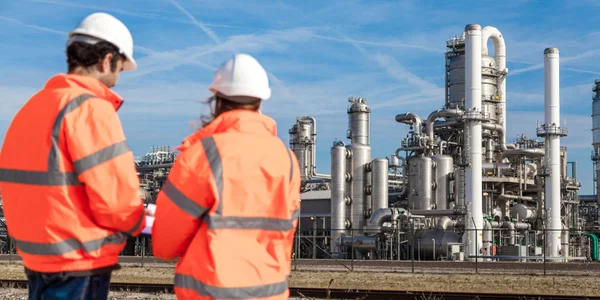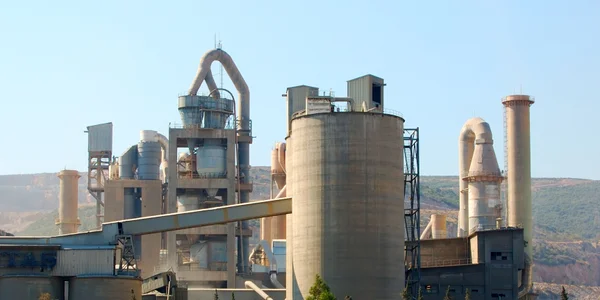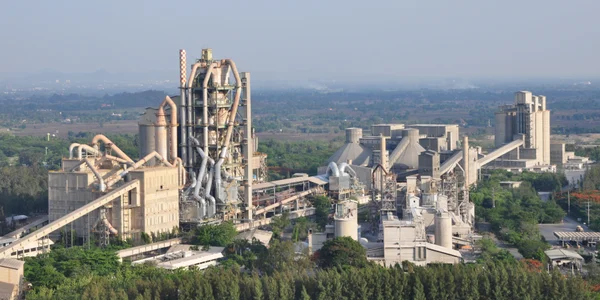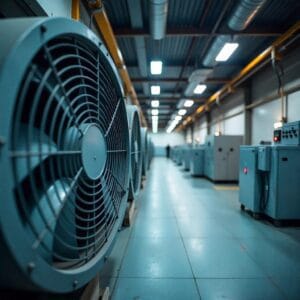Uffici
SEDE CENTRALE

Germania
- Filtro intensivo Himenviro Technologies GmbH
Neustraße 45 - 49, 42553, Velbert, Germania/Germania - +49 20534200990
UFFICIO REGIONALE

Gran Bretagna
- Filtro intensivo Himenviro UK Limited
47, Bath Street WS13BX, Wallsall West Midlands, Gran Bretagna - +44 1922 628893
UFFICIO REGIONALE

Emirati Arabi Uniti
- Filtro intensivo Himenviro Technologies FZE – LLC
Centro commerciale, Sharjah Publishing City Free Zone, Sharjah, Emirati Arabi Uniti - +971-556074697
UFFICIO REGIONALE

India
- Filtro intensivo Himenviro Private Limited
D-247/11, Settore-63, Noida - 201301, Uttar Pradesh, India - +91-120-4642-500
UFFICIO REGIONALE

India
- Filtro intensivo Himenviro Private Limited
D-247/11, Settore-63, Noida - 201301, Uttar Pradesh, India - +91-120-4642-500
UFFICIO REGIONALE

India
- Filtro intensivo Himenviro Private Limited
D-247/11, Settore-63, Noida - 201301, Uttar Pradesh, India - +91-120-4642-500
Soluzioni per la filtrazione dell'aria e della polvere in acciaio e metallo
L'industria siderurgica e metallurgica genera livelli elevati di inquinanti atmosferici, tra cui polveri sottili, particelle metalliche e fumi, che, se non controllati, possono causare contaminazione ambientale, rischi per la salute dei lavoratori e danni alle attrezzature. I nostri sistemi di filtrazione dell'aria e delle polveri sono progettati appositamente per gestire questi ambienti ad alta richiesta, catturando le emissioni provenienti dai processi di fusione, fusione, fusione e finitura. Progettate per resistere ad alte temperature e carichi di particolato, le nostre soluzioni migliorano la qualità dell'aria, migliorano la conformità normativa e tutelano il benessere della forza lavoro, garantendo un ambiente di produzione più pulito e sicuro.
Processo di filtrazione della polvere nell'industria siderurgica e metallurgica
Il forno ad arco elettrico viene utilizzato per la produzione di acciai da costruzione, acciai di alta qualità e acciai inossidabiliInoltre, viene utilizzato per la fabbricazione di carburi e cristalli sintetici.
Gli impianti di rimozione della polvere per forni ad arco elettrico estraggono e puliscono completamente i gas di scarico primari del forno ad arco, nonché eventuali gas di scarico secondari prodotti durante la fusione, lo scolo o durante il caricamento e la deslag. I gas di scarico che si formano nel forno a vasca, durante la movimentazione dei materiali e in altri impianti collegati vengono estratti e trattati.

Filtro per cappa da tetto
Filtro per EAF
- 1. Cofano del tetto
- 2. Filtro per cappa da tetto
- 3. Ventilatore
- 4. Camino
- 5. Forno ad arco elettrico
- 6. Tubi raffreddati ad acqua
- 7. Scambiatore di calore
- 8. Filtro per EAF
- 9. Ventilatore
- 10. Convertitore
Specifiche richieste
Titolo filtro PJM
Dati di progettazione tipici | Cofano del tetto |
|---|---|
Volume del gas | 1,000,000 |
Temperatura del gas | 80 |
Tipo di polvere | Residui di combustione di ossidi di ferro |
Contenuto di polvere residua | < 10 |
Contenuto di polvere di gas grezzo | < 5 |
Pulizia | in linea / fuori linea |
Mezzo filtrante | Poliestere |
Design con protezione antideflagrante | non necessario |
Assorbente | non necessario |
Titolo filtro PJM
Dati di progettazione tipici | Forno ad arco elettrico |
|---|---|
Volume del gas | 120,000 |
Temperatura del gas | 120 |
Tipo di polvere | Residui di combustione di ossidi di ferro |
Contenuto di polvere residua | < 10 |
Contenuto di polvere di gas grezzo | < 5 – 10 |
Pulizia | in linea / fuori linea |
Mezzo filtrante | Poliestere |
Design con protezione antideflagrante | non necessario |
Assorbente | non necessario |
Applicazioni per il controllo delle polveri di acciaio e metallo
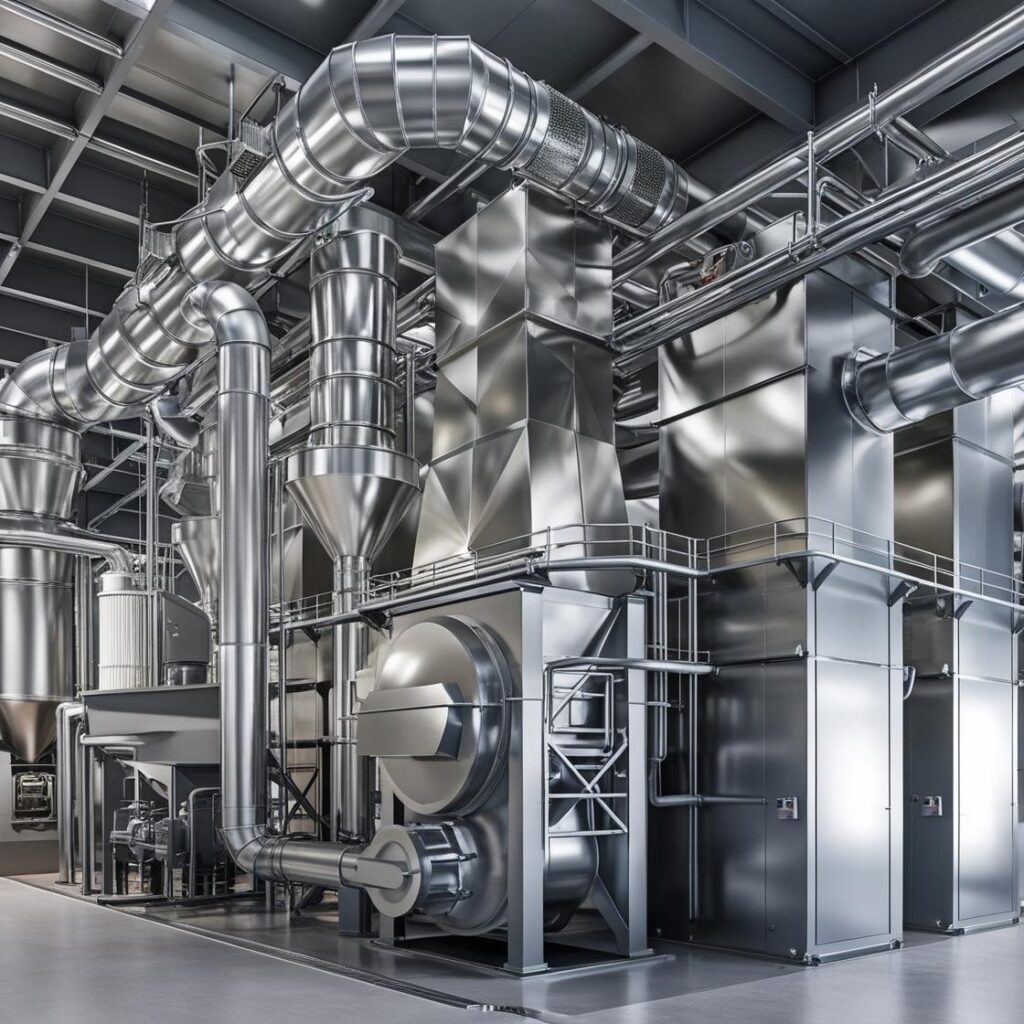
Controlla la polvere e i fumi rilasciati durante la fusione e la fusione, catturando le particelle pericolose generate nei forni ad alta temperatura.

Riduce le emissioni derivanti dalle operazioni di fusione, catturando il particolato atmosferico e i fumi metallici che possono influire sulla qualità dell'aria.

Rimuove la polvere fine e i trucioli metallici prodotti durante la molatura e la lucidatura, impedendo ai contaminanti di compromettere la qualità del prodotto e la sicurezza dei lavoratori.
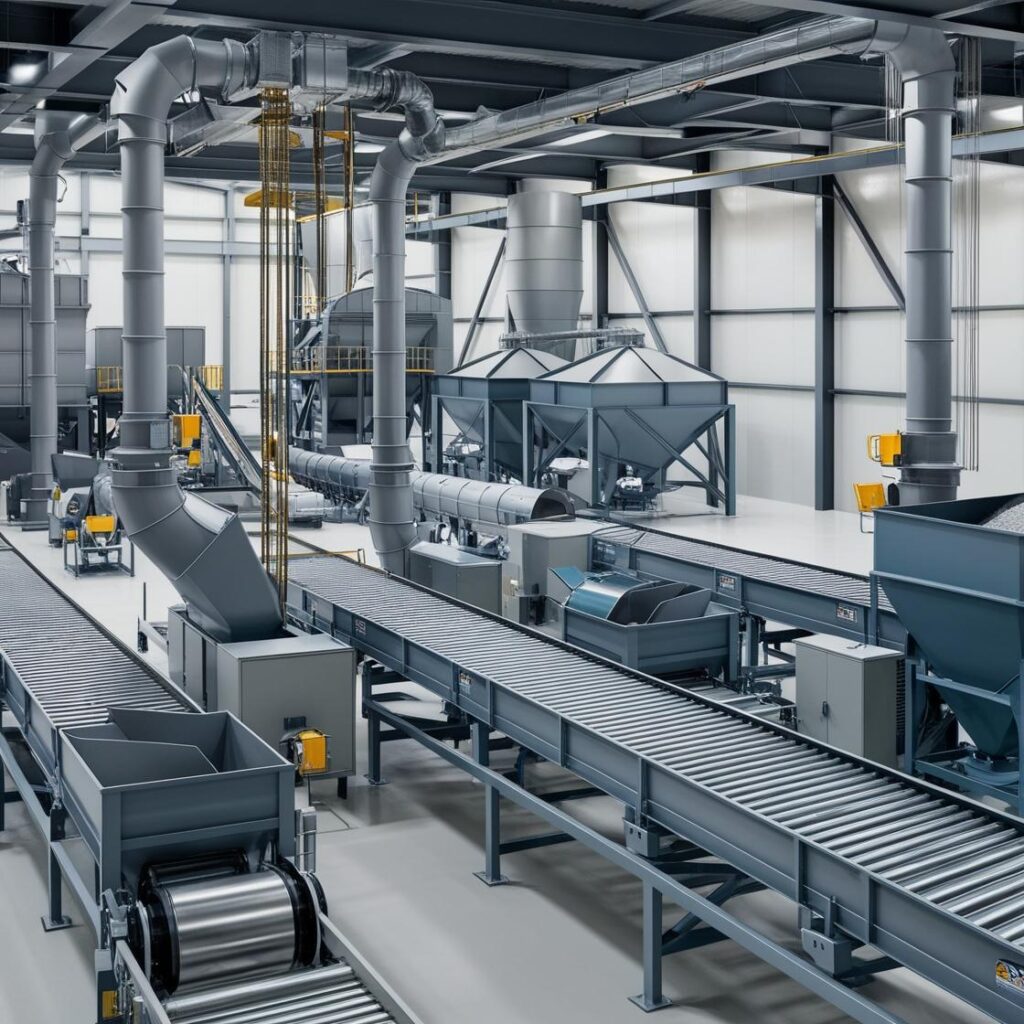
Controlla la polvere generata durante la movimentazione, il trasporto e lo stoccaggio dei materiali, riducendo al minimo il rilascio di particelle nell'ambiente di lavoro.
Panorama normativo per il controllo della polvere |
|---|
Conformità agli standard di qualità dell'aria |
Conformità alla salute e sicurezza dei lavoratori |
Prevenzione dei rischi di incendio ed esplosione |
Conformità alla tutela ambientale |
Monitoraggio delle emissioni in tempo reale |
Resistenza al calore |
Manutenzione e tempi di inattività ridotti |
Garanzia di qualità del prodotto |
Costi operativi inferiori |
Sfide nel controllo della polvere |
|---|
Livelli elevati di polvere e fumi |
Rischi per la salute dei lavoratori derivanti dalle particelle metalliche |
Normative ambientali rigorose |
Rischi di incendio ed esplosione |
Contaminazione dei prodotti finali |
Usura da polvere abrasiva sulle attrezzature |
Requisiti di tolleranza alla temperatura |
Gestione di grandi volumi di raccolta della polvere |
Riduzione al minimo dei tempi di inattività legati alla manutenzione |
Considerazioni chiave per un controllo efficace della polvere |
|---|
Cattura mirata nei punti di emissione |
Durata alle alte temperature |
Controllo ottimizzato del flusso d'aria e della pressione |
Materiali filtranti resistenti al calore |
Protocolli di manutenzione ordinaria |
Conformità agli standard del settore |
Soluzioni flessibili e personalizzate |
Mitigazione del rischio per i pericoli di combustione |
Sistemi dedicati per diverse fasi di produzione |
Contattaci per una consulenza esperta
Scopri gli altri nostri servizi!
Domande frequenti
Nella lavorazione dell'acciaio e dei metalli, i sistemi di filtrazione più comuni includono filtri a maniche, precipitatori elettrostatici (ESP), scrubber a umido e separatori a ciclone. I filtri a maniche utilizzano maniche in tessuto per catturare le particelle di polvere, mentre gli ESP utilizzano cariche elettriche per rimuovere il particolato dai gas di scarico. Gli scrubber a umido rimuovono gli inquinanti introducendo un liquido di lavaggio, mentre i separatori a ciclone utilizzano la forza centrifuga per separare la polvere dai flussi di gas. La scelta del sistema dipende da fattori quali la dimensione delle particelle, la temperatura del gas e i requisiti specifici del processo.
I sistemi di filtrazione migliorano la qualità dell'aria catturando e rimuovendo efficacemente il particolato e gli inquinanti generati durante la lavorazione dei metalli. Riducendo le emissioni, questi sistemi aiutano gli stabilimenti a rispettare le normative e gli standard ambientali, minimizzando così l'impatto ambientale e promuovendo un ambiente di lavoro più sicuro.
Gli ESP offrono un'elevata efficienza nella rimozione delle particelle fini, raggiungendo un'efficienza fino a 99%, il che è particolarmente vantaggioso nella produzione di acciaio, dove le emissioni dei gas di combustione contengono spesso particelle di polvere fine. Sono in grado di gestire grandi volumi di gas e funzionano efficacemente ad alte temperature. Inoltre, gli ESP presentano perdite di carico relativamente basse, con conseguente riduzione del consumo energetico durante il funzionamento.

